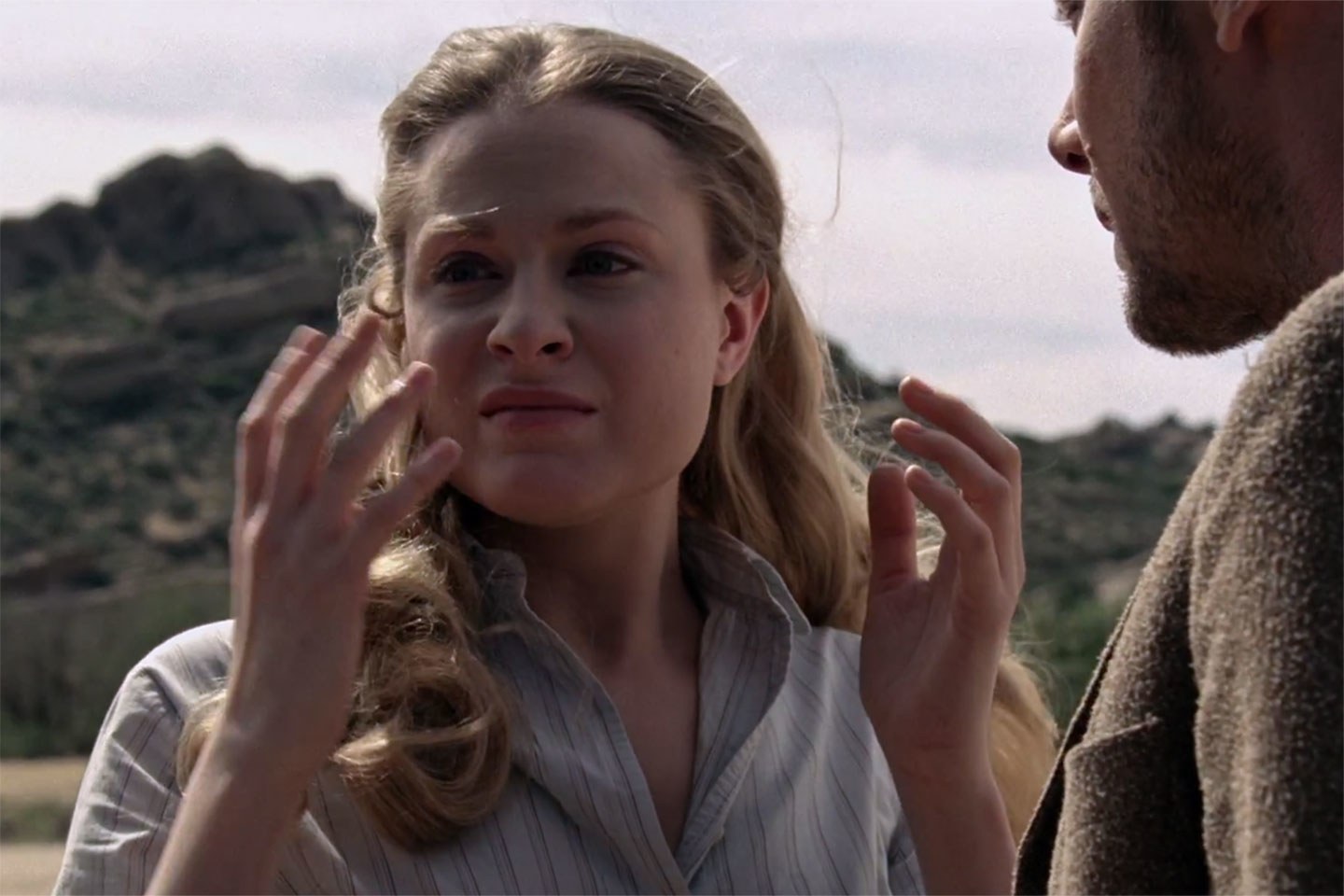
WEIGHT: 58 kg
Breast: SUPER
One HOUR:70$
Overnight: +90$
Sex services: Watersports (Giving), Smoking (Fetish), Tantric, Smoking (Fetish), Blow ride
Prostitution in Ireland is legal. However, since March , it has been an offence to buy sex. Most prostitution in Ireland occurs indoors. Street prostitution has declined considerably in the 21st century, with the vast majority of prostitution now advertised on the internet. Prostitution was both highly visible and pervasive in 18th-century Dublin , centred on Temple Bar and reflected the whole spectrum of socioeconomic class , from street prostitutes, through organised brothels to high class courtesans, who were often illegitimate daughters of the upper class.
A well known example was Margaret Leeson. The role of the prostitute in 18th-century Ireland was at least partly a product of the double standard of female sexuality.

Typical of this was the way that venereal disease was constructed as being spread by prostitutes rather than their largely male clients. Irish prostitutes were frequently the victims of violence against women. These provided shelter but in return expected menial labour and penitence. The changing nature of Irish society following the Act of Union saw a redefining of the status of women, with an idealisation of nuns at one extreme and a marginalisation of prostitutes at the other.
Yet it was estimated that there were 17, women working as prostitutes in Dublin alone, and a further 8 brothels in Cork. Dublin's sex trade was largely centred on the Monto district, reputedly the largest red light district in Europe.

As in many other countries opposition to the Acts, provided a rallying cry for emerging women's movements. Anna Haslam in Dublin and Isabella Tod in Belfast, both of the Ladies National Association , organised opposition and a recognition not only of the plight of these women but also of the root causes. Emerging nationalism tended to see prostitution and venereal disease as legacies of colonialism that could be resolved through independence. This movement became linked to Catholic conservatism which demanded social purification of the pure Irish soul.



































